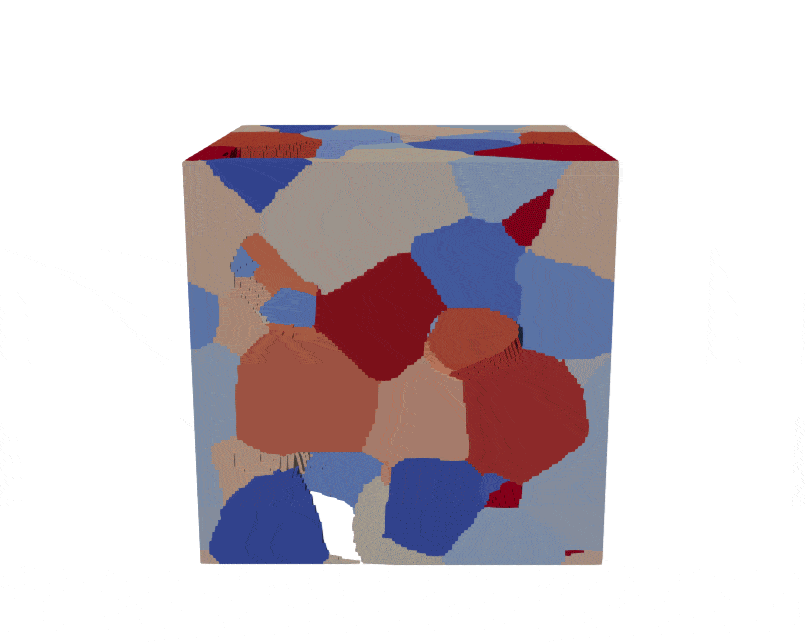At Fraunhofer Center HTL, the development of new materials is always focused on the planned application of the customer. The required component properties lead to a specific set of thermal, mechanical, electrical, and chemical properties that must be met during material design. The processing steps from raw material to finished product often set further constraints that must be considered in computer-aided material design. For material design, the requirements profile agreed upon with the customer is first systematically analyzed to identify the essential decision criteria for designing the material. Weaknesses and strengths of existing material solutions for the specific application are checked.
Once the conditions are clarified, some fundamental questions about material selection are addressed, such as:
- Are there commercial materials that would be suitable with minor modifications?
- Which material provides the optimal technical and economic solution?
- Could the requirements possibly be best met by composite materials or composite structures? (publication: Ceramic Matrix Composites)
 Fraunhofer ISC, Center for High Temperature Materials and Design HTL, Bayreuth
Fraunhofer ISC, Center for High Temperature Materials and Design HTL, Bayreuth



